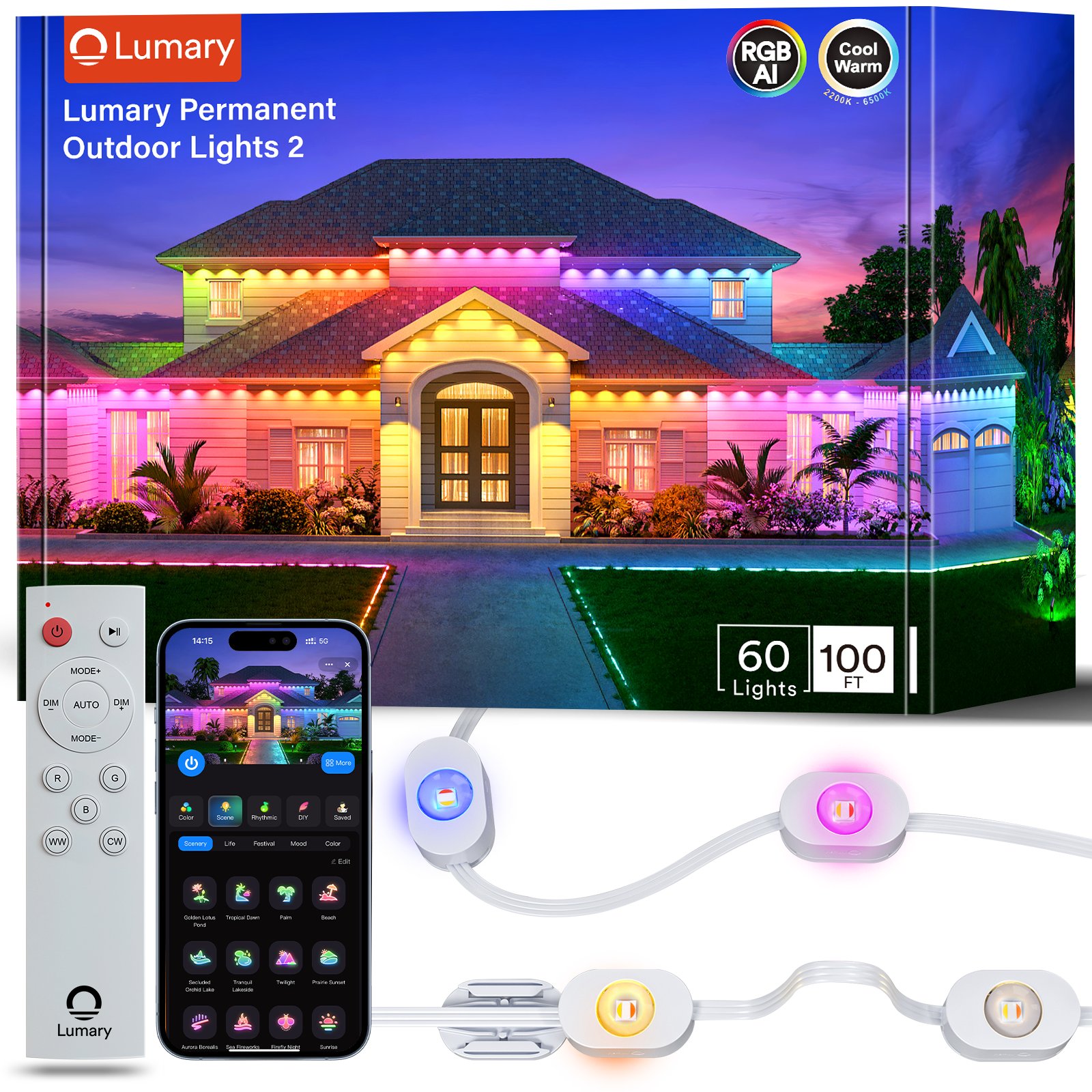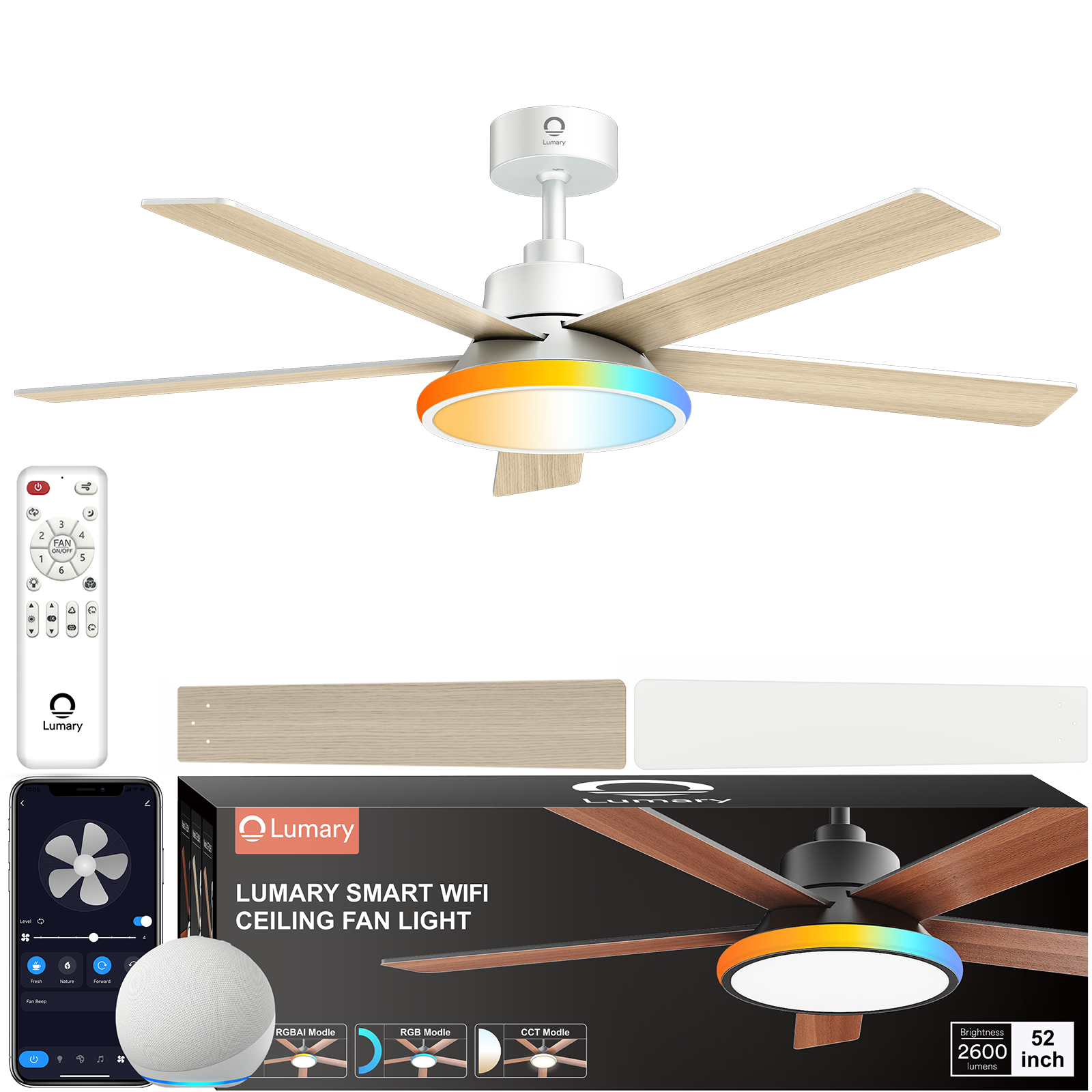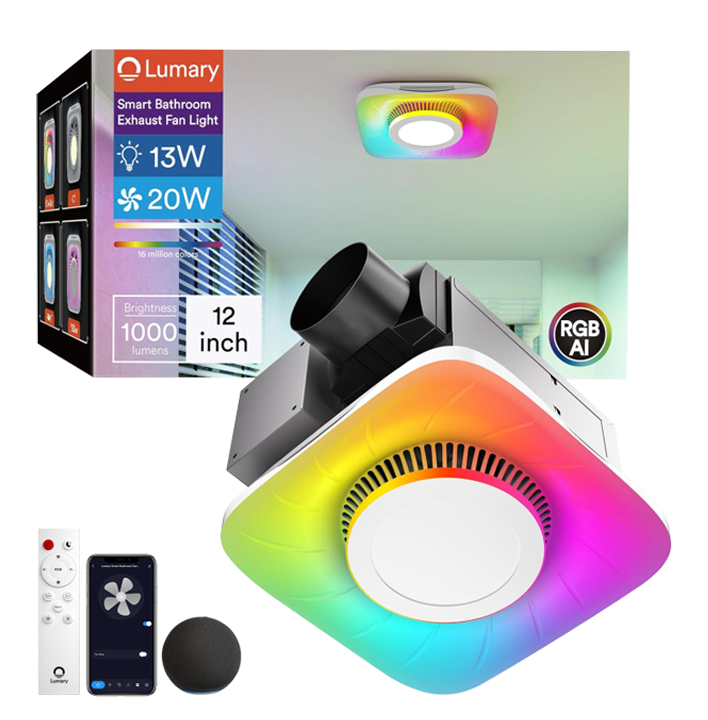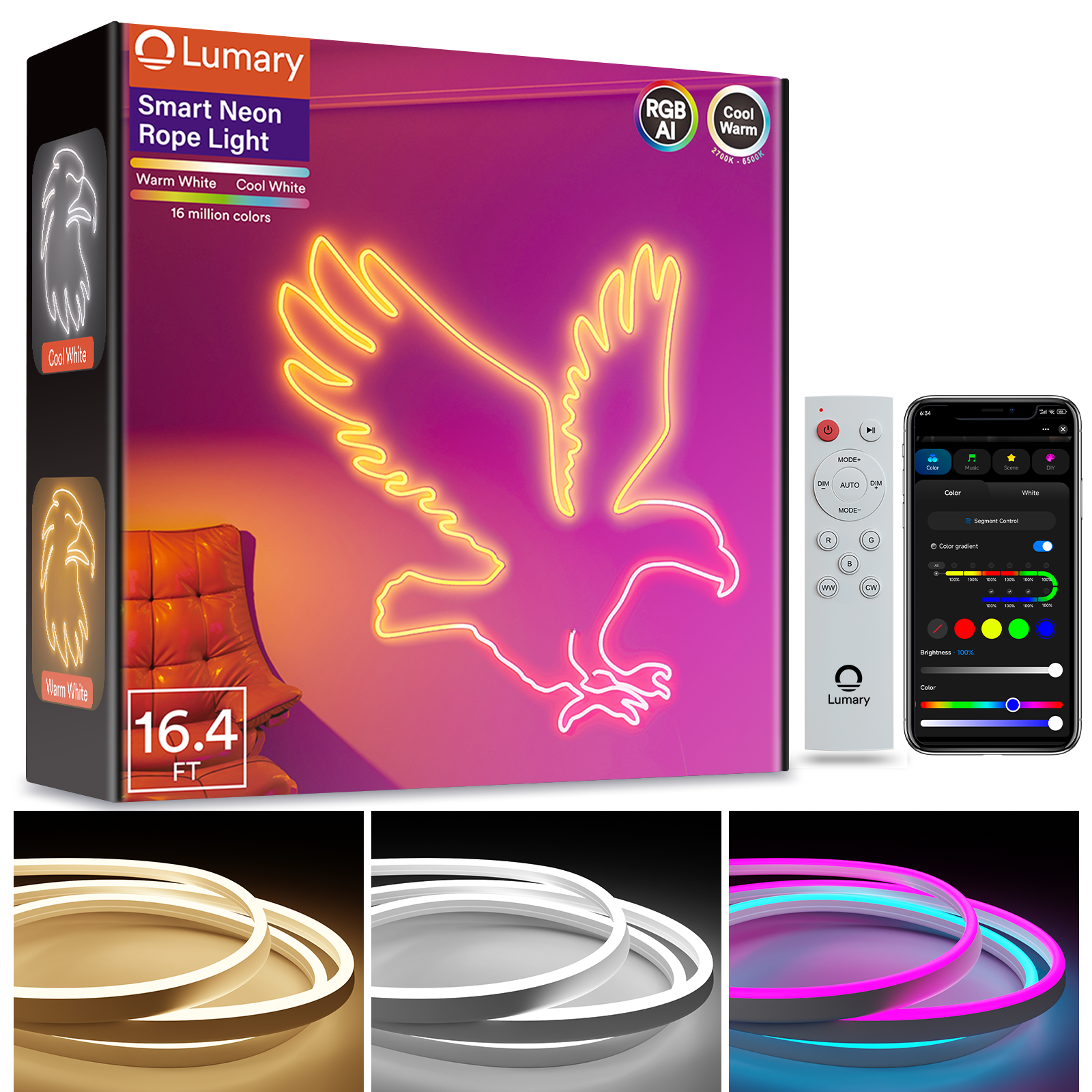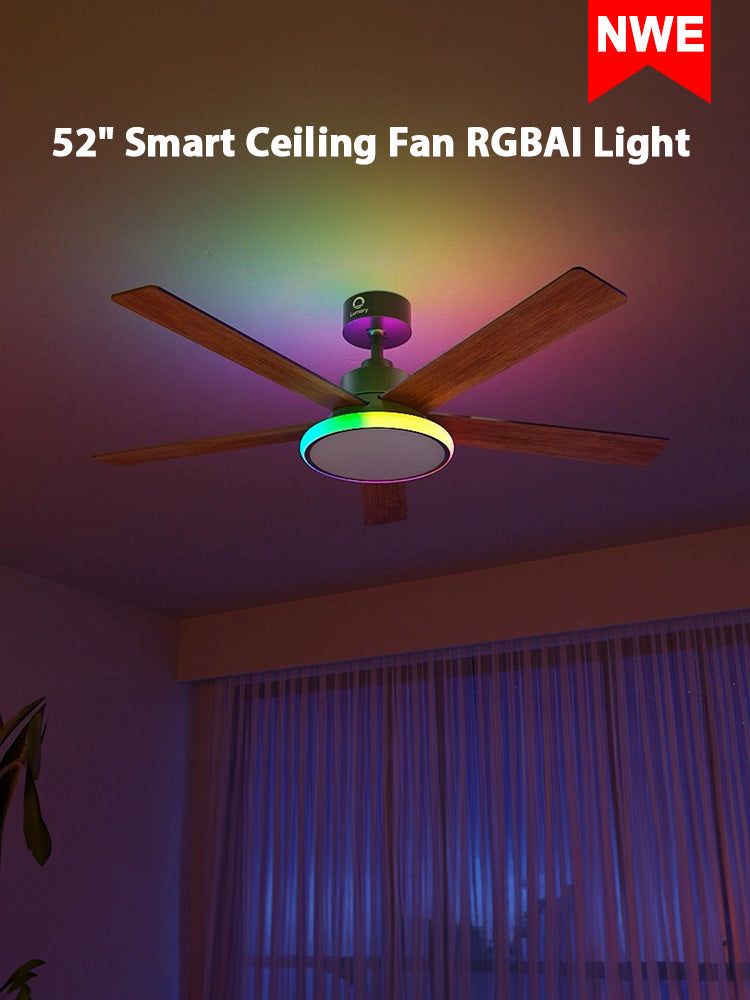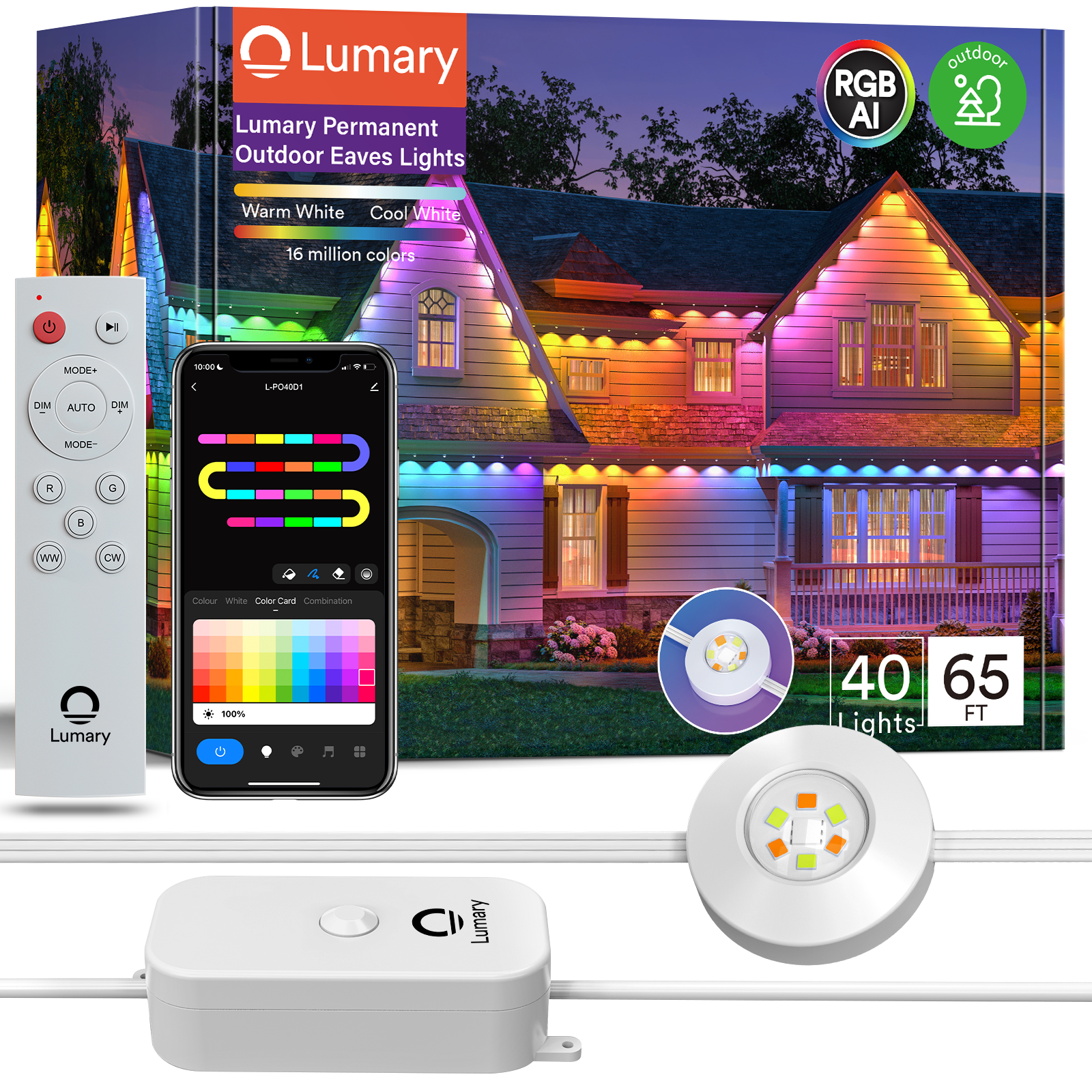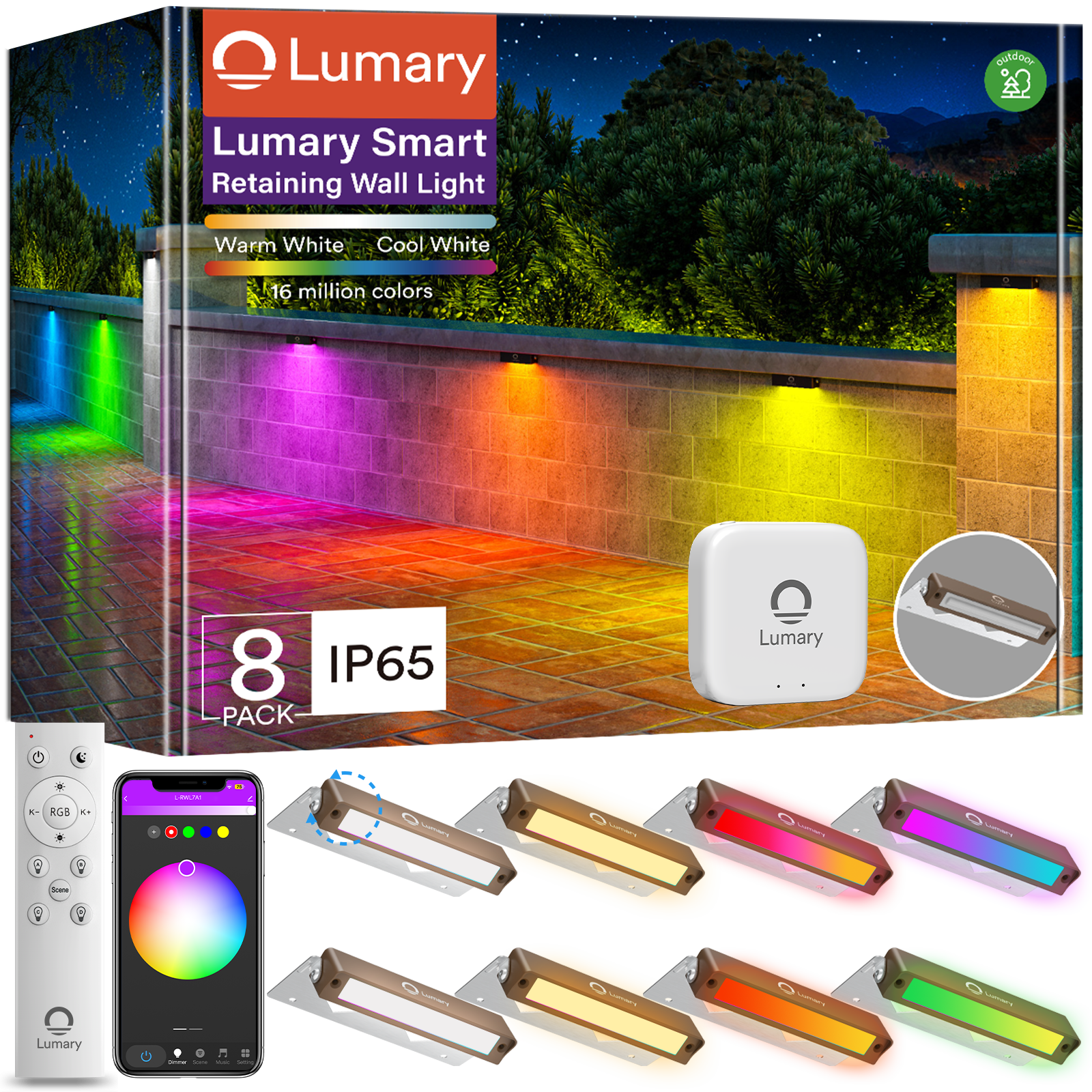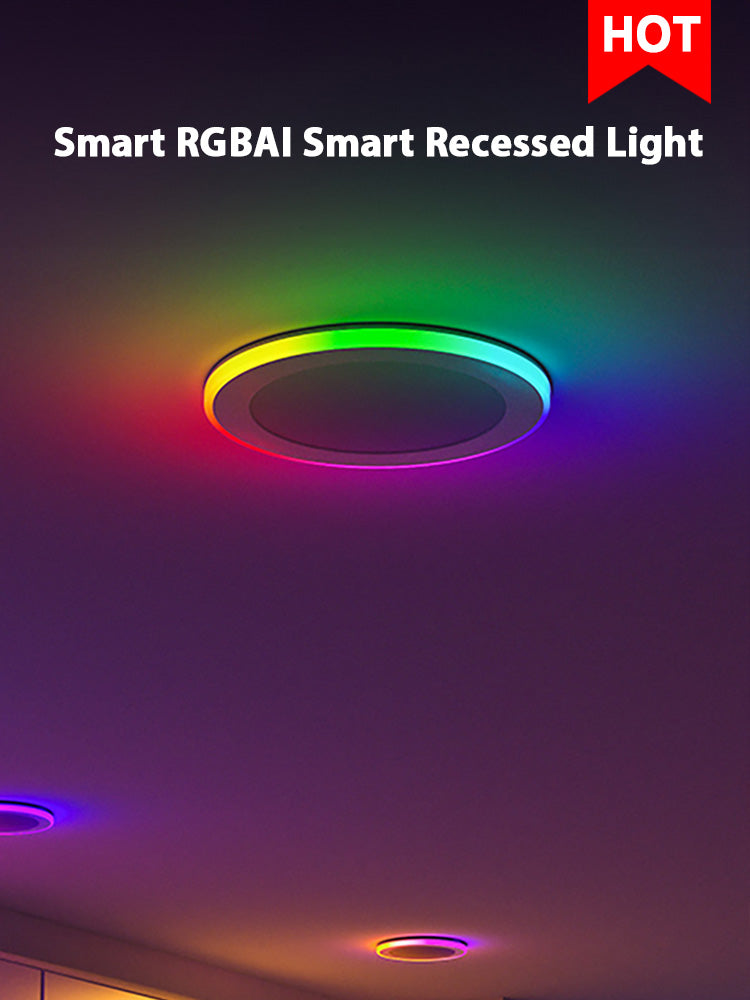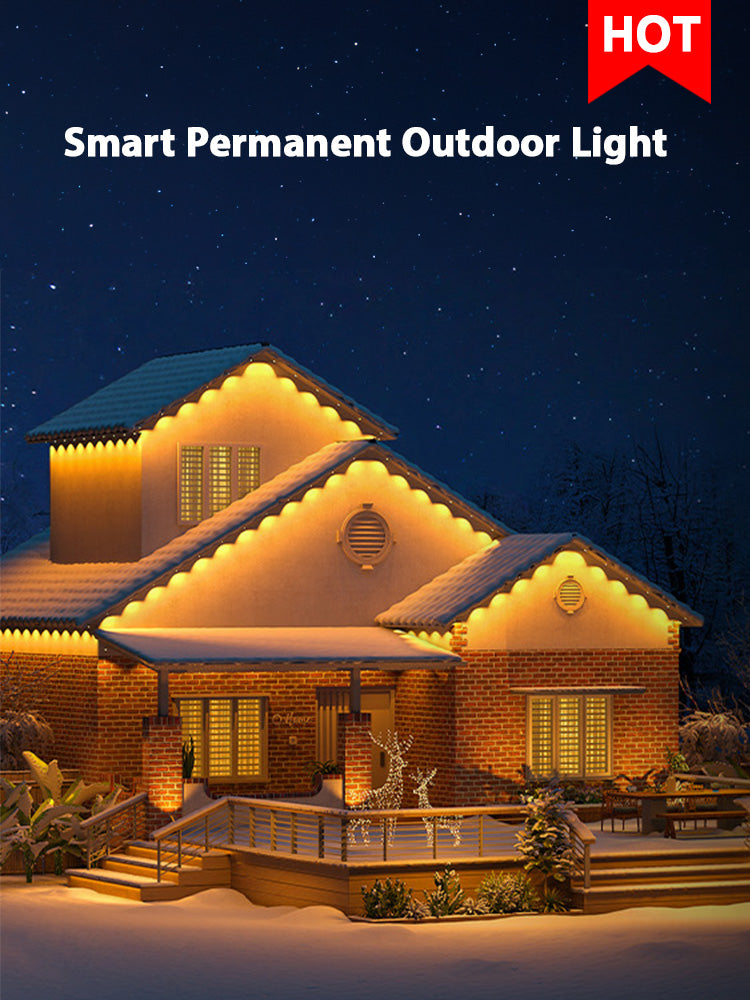Your home’s outdoor spaces deserve as much attention as the interiors. The right outdoor light up can completely transform your yard, patio, or garden. It’s not just about visibility—it’s about creating a safe, functional, and welcoming environment. Whether you’re looking for the best outdoor lights to highlight your landscaping or need practical solutions for safety, the right choices make all the difference. A thoughtful outdoor lighting plan ensures your exterior lighting enhances your home’s beauty while meeting your needs. With the best selection tips, you’ll find it easier to buy outdoor lighting that suits your style and purpose. From exploring the types of outdoor house lights to choosing the perfect fixtures, the possibilities are endless.

Key Takeaways
-
Think about why you need outdoor lights. Pick lights for safety, mood, or usefulness.
-
Mix different types of lights. Use safety, pretty, and useful lights together for a complete setup.
-
Pick the right size and spot for lights. Follow size tips so lights look good and work well.
-
Check light ratings for safety. Choose wet or damp-rated lights to avoid damage in your weather.
-
Match light styles to your house. Use similar colors and materials to make it look nice.
Identify the Purpose of Outdoor Lighting
When it comes to outdoor lighting, understanding its purpose is the first step. Whether you’re aiming to boost security, create a cozy ambiance, or improve functionality, each type of lighting serves a unique role. Let’s break it down.
Security Lighting
Security lighting is essential for keeping your home safe. It helps deter intruders and ensures visibility in critical areas.
Motion-activated lights for deterring intruders
Motion-activated lights are a game-changer for home security. These lights turn on automatically when they detect movement, catching potential intruders off guard. You can place them near entry points like doors, windows, or even your backyard to keep your property secure.
Bright lighting for driveways and entryways
Bright lighting is perfect for illuminating driveways and entryways. It not only makes these areas safer for you and your guests but also discourages unwanted visitors. Choose fixtures that provide wide coverage to ensure no dark spots remain.
Ambiance and Decorative Lighting
If you want to make your outdoor spaces more inviting, ambiance and decorative lighting can work wonders.
String lights and lanterns for patios and gardens
String lights and lanterns add charm to patios and gardens. They create a warm, welcoming glow that’s perfect for relaxing evenings or entertaining guests. Hang string lights above seating areas or place lanterns along pathways for a magical touch.
Uplighting for trees and architectural features
Uplighting highlights the beauty of your landscaping and home’s architecture. Aim lights upward to showcase trees, shrubs, or unique exterior features. This technique adds depth and drama to your yard, making it stand out after dark.
Functional Lighting
Functional lighting ensures your outdoor spaces are practical and easy to navigate.
Task lighting for outdoor kitchens and workspaces
If you have an outdoor kitchen or workspace, task lighting is a must. It provides focused illumination, making it easier to cook, grill, or complete projects. Install lights under cabinets or above countertops for the best results.
Pathway lighting for safe navigation
Pathway lighting improves safety by guiding you and your guests along walkways. It prevents trips and falls while adding a decorative element to your yard. Solar-powered options are a great choice for energy efficiency and easy installation.
Tip: Combine different types of outdoor lighting to meet all your needs. A mix of security, decorative, and functional lights can transform your exterior lighting into a cohesive and effective system.
Lighting Selection Tips for Different Types of Outdoor Lighting
Choosing the right fixtures can feel overwhelming, but a few lighting selection tips can make it easier. Let’s explore some popular options to help you buy outdoor lighting that fits your needs.
Outdoor Wall Lights
Outdoor wall lights are a practical and stylish way to brighten up your home’s exterior. They’re perfect for entryways, garages, and other key areas.
Sconces for entryways and garages
Exterior sconces are a classic choice for adding charm and functionality. They work well near doors or on garage walls, providing a warm glow that enhances safety and style. Look for designs that match your home’s architecture, whether it’s modern or traditional.
Downlights for focused illumination
Downlights are ideal when you need targeted lighting. These fixtures direct light downward, making them great for highlighting specific areas like walkways or patios. They also reduce glare, creating a clean and polished look for your exterior lighting.
Landscape and Pathway Lights
Landscape lighting transforms your yard into a stunning visual display while improving safety.
Solar-powered options for energy efficiency
Solar-powered lights are a fantastic eco-friendly choice. They charge during the day and light up your pathways or garden at night. With no wiring required, they’re easy to install and maintain.
Lumary Smart Landscape Path Lights for customizable ambiance
If you want something high-tech, Lumary Smart Landscape Path Lights are a game-changer. These lights let you adjust brightness, choose from millions of colors, and even set timers—all through an app. They’re durable, waterproof, and perfect for creating a personalized outdoor light up experience.

Smart Outdoor Lighting
Smart lighting takes convenience and creativity to the next level.
App-controlled lights for convenience
Imagine controlling your lights with just a tap on your phone. Smart lighting makes it possible. You can turn lights on or off, adjust brightness, or set schedules without leaving your couch.
Color-changing options for versatility
Color-changing smart lighting adds a fun twist to your outdoor spaces. Use vibrant colors for parties or soft hues for a relaxing evening. These lights let you switch up the vibe whenever you want.
Pro Tip: Combine exterior sconces, landscape lighting, and smart lighting to create a cohesive and functional system. This mix ensures your home stays safe, stylish, and well-lit.
Determine the Correct Size and Placement
Choosing the right size and placement for your outdoor lighting is just as important as selecting the fixtures themselves. Proper sizing and strategic placement ensure your exterior lighting looks balanced and functions effectively.
Sizing Rules for Outdoor Fixtures
Proportional sizing for doors and entryways
When picking lights for doors or entryways, size matters. A good rule of thumb is to choose a fixture that’s about one-third the height of your door if you’re using one light. If you’re installing two lights on either side, go for fixtures that are about one-quarter the door’s height. This keeps everything proportional and visually appealing. You’ll want to avoid lights that are too small, as they can look out of place.
Guidelines for garage and patio lighting
For garages, the size of your lights should complement the width of the garage door. A single fixture should be about one-third the width of the door. If you’re using two lights, aim for one-quarter the width. On patios, consider the scale of the space. Larger patios can handle bigger fixtures, while smaller ones benefit from compact designs that don’t overwhelm the area.
Placement Tips for Maximum Effectiveness
Positioning lights for even coverage
Placement is key to achieving even coverage. For pathways, space lights about 6-8 feet apart to avoid dark spots. Around entryways, position fixtures at eye level to provide adequate illumination without being too harsh. For larger areas like patios or driveways, use multiple fixtures to distribute light evenly.
Avoiding glare and light pollution
Nobody likes harsh glare or unnecessary light spilling into the neighbor’s yard. To minimize glare, angle lights downward or use fixtures with shields. For pathways, opt for low-level lighting that illuminates the ground without shining into people’s eyes. Be mindful of light pollution by choosing fixtures that focus light where it’s needed most.
Tip: Before you buy outdoor lighting, sketch out your space and mark where you need lights. This helps you visualize the placement and ensures you don’t miss any critical areas.
Understand Ratings and Safety for Exterior Lighting
When you’re planning to install outdoor landscape lighting, understanding ratings and safety features is essential. Choosing the right fixtures and ensuring proper installation can save you from future headaches. Let’s dive into what you need to know.
Wet vs. Damp Rated Fixtures
Choosing the right rating for your climate
Not all outdoor lights are created equal. Some are designed to handle heavy rain, while others are better suited for covered areas. Wet-rated fixtures are your go-to for spaces exposed to direct rain or snow, like open patios or driveways. On the other hand, damp rated outdoor lights work well in areas with some protection, like under a porch or awning. Think about your local weather conditions before making a choice. If you live in a rainy or snowy region, wet-rated fixtures are a must.
Protecting fixtures from weather damage
Outdoor lighting faces constant exposure to the elements. To keep your fixtures in top shape, look for materials like aluminum or stainless steel that resist rust. Sealed designs also help prevent water from seeping in. For damp rated outdoor lights, ensure they’re installed in areas where they won’t get soaked. Regular cleaning and maintenance can extend their lifespan, keeping your exterior lighting looking great year-round.
Electrical Safety Considerations
Hiring a professional for installation
When it comes to wiring, safety should always come first. Low voltage lighting is a popular choice for outdoor spaces because it’s safer and more energy-efficient. However, improper installation can lead to electrical hazards. Hiring a licensed electrician ensures your lights are installed correctly and meet local codes. It’s an investment in your home’s safety and your peace of mind.
Using GFCI outlets for outdoor lighting
Ground Fault Circuit Interrupter (GFCI) outlets are a must for outdoor light up setups. These outlets protect against electrical shocks by cutting off power if they detect a fault. Make sure all your exterior lighting is connected to GFCI outlets. This small step can make a big difference in keeping your home safe.
Tip: Always double-check the ratings and safety features of your fixtures before buying. It’s better to spend a little extra on quality than to deal with costly repairs later.
Enhance Aesthetics with Outdoor Lighting
Matching Lighting to Your Home’s Style
Traditional, modern, and rustic design options
Your outdoor lighting should complement your home’s overall vibe. Whether your house leans toward traditional, modern, or rustic, there’s a lighting style to match. For a classic look, go for lantern-style fixtures or ornate sconces. These work beautifully with colonial or Victorian homes. If your home has a sleek, modern design, minimalist fixtures with clean lines and metallic finishes are a great choice. Rustic homes, on the other hand, shine with fixtures made from wood, bronze, or iron. Think of lanterns or farmhouse-style lights to enhance that cozy, countryside charm.
Coordinating finishes and materials
Consistency is key when it comes to curb appeal. Coordinate the finishes and materials of your exterior lighting with other elements of your home, like door handles, railings, or window frames. For example, if your home features brushed nickel accents, choose lights with a similar finish. This creates a cohesive look that ties everything together. Don’t forget to consider durability. Materials like aluminum or stainless steel not only look great but also withstand the elements.
Layering Light for Depth and Dimension
Combining ambient, task, and accent lighting
Layering light is the secret to creating a dynamic and visually appealing outdoor space. Start with ambient lighting, like wall-mounted fixtures or post lights, to provide general illumination. Add task lighting for specific areas, such as outdoor kitchens or seating zones. Finally, use accent lighting to highlight features like trees, sculptures, or water fountains. This combination of landscape lighting types adds depth and makes your yard feel more inviting.
Creating focal points with strategic placement
Strategic placement of lights can transform your yard into a masterpiece. Use uplights to draw attention to tall trees or architectural details. Place pathway lights along walkways to guide the eye and improve navigation. For patios or decks, string lights or lanterns can create cozy gathering spots. By focusing on key areas, you’ll boost curb appeal and make your outdoor spaces more functional and beautiful.
Tip: Experiment with different lighting styles and placements to find what works best for your home. A well-lit exterior not only enhances curb appeal but also makes your home feel warm and welcoming.
Choosing the right outdoor lighting can completely transform your home’s exterior. Start by understanding your needs and selecting fixtures that match your style and purpose. Plan the placement carefully to ensure your spaces are safe, functional, and visually appealing. Don’t forget to prioritize aesthetics while keeping practicality in mind.
If you’re looking for a modern solution, consider Lumary Smart Landscape Path Lights. They combine style, technology, and durability to elevate your exterior lighting experience. With the right choices, you’ll create a welcoming and well-lit outdoor space that you’ll love coming home to.
FAQ
What is the best type of outdoor lighting for security?
Motion-activated lights are your best bet. They turn on when they detect movement, scaring off intruders and keeping your property safe. Place them near entry points like doors, windows, or driveways for maximum effectiveness.
How do I prevent glare in my exterior lighting setup?
To avoid glare, angle your lights downward or use fixtures with shields. Low-level pathway lights are great for illuminating walkways without shining directly into anyone’s eyes. This keeps your lighting functional and comfortable.
Can I install outdoor lighting myself?
You can handle simple installations like solar-powered lights. For wired setups or low-voltage systems, hiring a licensed electrician ensures safety and compliance with local codes. It’s worth the investment for peace of mind.
What’s the difference between wet-rated and damp-rated fixtures?
Wet-rated fixtures handle direct exposure to rain or snow, making them ideal for open areas. Damp-rated fixtures work best in covered spaces like porches. Choose based on your local weather and where you’ll place the lights.
How can I make my outdoor lighting more energy-efficient?
Opt for solar-powered or LED lights. Solar lights charge during the day and shine at night without using electricity. LEDs consume less energy and last longer, saving you money while reducing your environmental impact.

